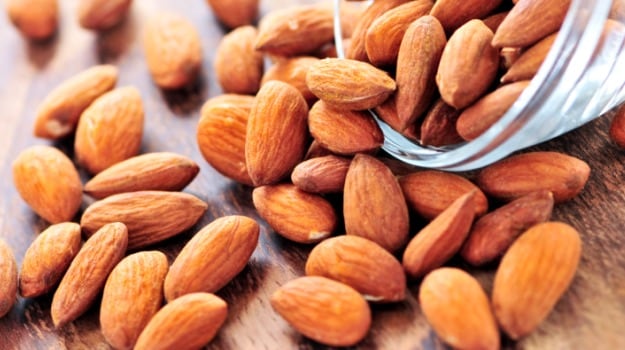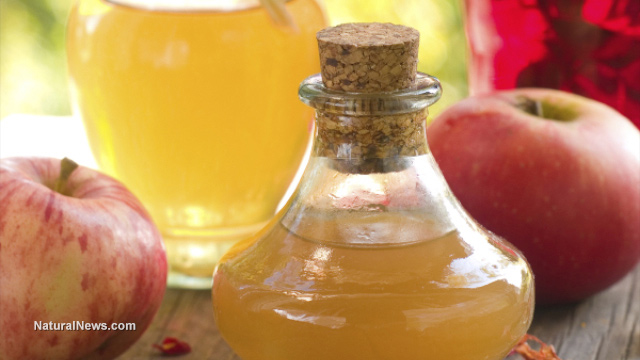Sodium benzoate is a preservative that promotes cancer and kills healthy cells
Thursday, September 29, 2011 by: S. D. Wells
(NaturalNews) Organic consumers and nutritionists may already know, but the rest of the general population does not know about sodium benzoate. It has the ability to deprive the cells of oxygen, break down the immune system and cause cancer.
This killer is flying under consumer radarwith its user friendly tag line, "as a preservative." This silent cell choker has found its way into thousands of products, even foods that are labeled as all natural. But don't be fooled. While benzoic acid is found naturally in low levels in many fruits, the sodium benzoate listed on a product's label is synthesized in a lab.
Derived from a reaction of benzoic acid with sodium hydroxide, sodium benzoate is actually the sodium salt of benzoic acid. Sodium benzoate is a known carcinogenic additive which, when eaten or applied to the skin, gets transported to the liver, where it is supposed to be filtered, and expelled in urine, but the damage gets done before that process is completed.
Sodium benzoate chokes out your body's nutrients at the DNA cellular level by depriving mitochondria cells of oxygen, sometimes completely shutting them down. Just as humans need oxygen to breathe, cells need oxygen to function properly and to fight off infection, including cancer.
The FDA says it's safe because the amount used to preserve foods is very low, but don't ever combine it with vitamin C or E, as this causes benzene to be formed. This is dangerous. Benzene is a known carcinogen, which means it causes cancer.
Okay, so this should be easy. Never, ever mix vitamin C with pickles, peppers, salad dressings, jams, most condiments, vinegar, fruit juices, salsa, dips, shredded cheese, ketchup, or diet or regular soda. Don't forget about mouthwash, toothpaste, cough syrup, cream, lotion, and hundreds of cosmetic products.
So now why is it put in food? It's the cheapest mold inhibiter on the market, so it's all about the money. Acidic foods tend to grow bacteria, mold and yeast more easily than non-acidic foods, so the sodium benzoate extends the shelf life, while it shortens human life.
Cancer is all about the cumulative effect. When the human body is exposed repeatedly to any level of this carcinogen, which rears its ugly head in thousands of products, the immune system, over time, is depleted to the point that one acquires an immune deficiency. Then the body does not have enough essential nutrients to detoxify, and this occurs at the cellular level. Parkinson's, neuro-degenerative diseases, and premature aging have all been attributed to this infamous preservative.
Learn more:http://www.naturalnews.com/033726_sodium_benzoate_cancer.html#ixzz4CyyGQpJ1
Thursday, September 29, 2011 by: S. D. Wells
(NaturalNews) Organic consumers and nutritionists may already know, but the rest of the general population does not know about sodium benzoate. It has the ability to deprive the cells of oxygen, break down the immune system and cause cancer.
This killer is flying under consumer radarwith its user friendly tag line, "as a preservative." This silent cell choker has found its way into thousands of products, even foods that are labeled as all natural. But don't be fooled. While benzoic acid is found naturally in low levels in many fruits, the sodium benzoate listed on a product's label is synthesized in a lab.
Derived from a reaction of benzoic acid with sodium hydroxide, sodium benzoate is actually the sodium salt of benzoic acid. Sodium benzoate is a known carcinogenic additive which, when eaten or applied to the skin, gets transported to the liver, where it is supposed to be filtered, and expelled in urine, but the damage gets done before that process is completed.
Sodium benzoate chokes out your body's nutrients at the DNA cellular level by depriving mitochondria cells of oxygen, sometimes completely shutting them down. Just as humans need oxygen to breathe, cells need oxygen to function properly and to fight off infection, including cancer.
The FDA says it's safe because the amount used to preserve foods is very low, but don't ever combine it with vitamin C or E, as this causes benzene to be formed. This is dangerous. Benzene is a known carcinogen, which means it causes cancer.
Okay, so this should be easy. Never, ever mix vitamin C with pickles, peppers, salad dressings, jams, most condiments, vinegar, fruit juices, salsa, dips, shredded cheese, ketchup, or diet or regular soda. Don't forget about mouthwash, toothpaste, cough syrup, cream, lotion, and hundreds of cosmetic products.
So now why is it put in food? It's the cheapest mold inhibiter on the market, so it's all about the money. Acidic foods tend to grow bacteria, mold and yeast more easily than non-acidic foods, so the sodium benzoate extends the shelf life, while it shortens human life.
Cancer is all about the cumulative effect. When the human body is exposed repeatedly to any level of this carcinogen, which rears its ugly head in thousands of products, the immune system, over time, is depleted to the point that one acquires an immune deficiency. Then the body does not have enough essential nutrients to detoxify, and this occurs at the cellular level. Parkinson's, neuro-degenerative diseases, and premature aging have all been attributed to this infamous preservative.
Learn more:http://www.naturalnews.com/033726_sodium_benzoate_cancer.html#ixzz4CyyGQpJ1


 The findings showed that pathogens like Salmonella flourish in the gut after antibiotic treatment because of the increased availability of oxidised sugars.(Reuters)
The findings showed that pathogens like Salmonella flourish in the gut after antibiotic treatment because of the increased availability of oxidised sugars.(Reuters)








